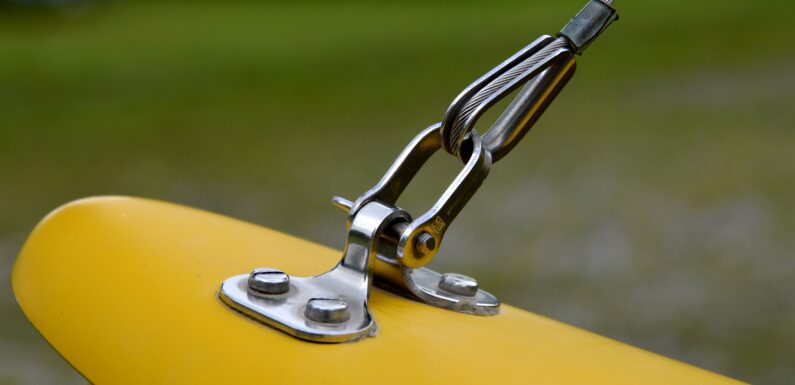
Utilizing wire rope correctly is more than just routine – it’s an essential part of ensuring optimal performance and unmatched safety. Done right, your business benefits from enhanced efficiency and considerable cost savings.
Let’s delve into how you can achieve this using the list of standards and best practices for wire rope handling below.
But first things first, we’ll take a look at what wire ropes are and their common uses.
Wire Rope and Its Uses
Wire rope is a strong, durable type of rope that’s constructed from multiple strands of metal. These strands are twisted together in a helical pattern, just like a traditional string. This design guarantees tensile strength and resistant qualities against elements.
Wire ropes often find applications in industries that require heavy-duty materials and strength. For example, the construction industry uses wire ropes for cranes because they provide the necessary hauling power needed for heavy lifts.
These ropes also come in handy for businesses that have warehousing operations. In the shipping industry, wire ropes play an essential role in dockside operations such as mooring ships. They also serve in lifting heavy cargo on and off vessels.
In essence, when there’s a need for intense pressure resistance and robustness, wire ropes become indispensable.
The Importance of Proper Wire Rope Handling
Proper handling of wire rope is crucial for maintaining its performance, safety, and longevity. Misuse or neglect can lead to structural damage and eventual failure, making its usage risky.
Always store, transport, and use wire ropes as recommended to maximize their functionality and durability.
Here’s a quick list of 7 standards and best practices to observe.
1. Ensuring Quality Wire Rope Slings, Hardware, and Assembly
Quality should be a top priority when dealing with wire rope slings, hardware, and assembly. It ensures the overall strength and reliability of your equipment—guaranteeing safety in operation.
Ensuring quality also ties in directly with observing OSHA wire rope standards set to promote workplace safety. The importance of investing in high-quality wire ropes and related hardware cannot be emphasized enough.
2. Proper Storage
Proper storage of your wire rope is the first step to ensuring its longevity. This entails storing it in an environment that’s clean, dry, and well-ventilated. By doing so, you will stave off damage due to corrosion as damp conditions and dirt can degrade the quality of the wire.
3. Handling Wire Ropes: Wear Protective Gloves
When handling wire ropes hand protection is nonnegotiable, providing a barrier from sharp ends or rogue broken wires that could potentially cause injuries. Consequently, always ensure you wear quality protective gloves before handling wire ropes as they can be quite unforgiving on bare hands.
4. Adherence to Load Limits
Respecting load limits is a primary safety principle during any lifting operation involving wire ropes. Every manufacturer’s guideline highlights this limit, stipulating the maximum weight your specific rope can handle safely without strain or risk of failure.
5. Regular Inspection
Establish a regular inspection routine for your wire ropes to identify any possible signs of wear and tear efficiently—extending their use beyond their optimal lifespan increases the risk of accidents at your workplace.
6. Correct Installation and Rigging Techniques
Proper installation and rigging of wire ropes are critical steps that greatly influence their overall performance and safety. Understanding the unique requirements of your task and following the manufacturer’s instructions regarding terminations, wraps, and rigging operations will play a pivotal role in guaranteeing efficient operations.
7. Wire Rope Maintenance
Maintaining your wire rope is essential for preserving its lifespan, strength, and safety. Here are some quick tips to keep in mind:
- Clean your wire ropes regularly to eliminate dust and grime.
- Lubricate as per the manufacturer’s instructions to reduce friction.
- Monitor for any visible signs of wear or damage.
- Replace the rope as soon as you notice excessive breaking of individual wires.
Adopting these practices can vastly improve your safety record and reduce the chance of damaging valuable equipment.
In closing, your mindful interaction with wire ropes can make a great difference in their longevity and efficiency. As you work with these sturdy tools, remember to consider the pointers above – they’re your pathway to maximizing your productivity and enhancing workplace safety.
